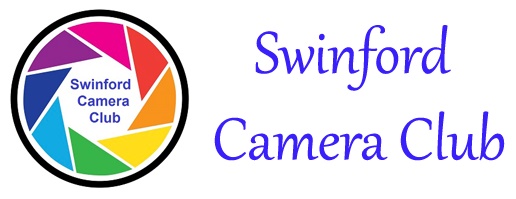All about Camera Basics
Here we will explain all about camera basics. There are literally hundreds if not thousands of different types and models of digital cameras from numerous different manufacturers available on the market today. With such a wide variety however, the camera basics are very similar, if not the same. The 3 main camera types we deal with here are Compact, Bridge and Dslr cameras. Mobile phone cameras are now so advanced that they now have more or less all similar features to dedicated cameras. There are so many different makes and models of mobile phone, and the change so frequently, we could not possibly list them all here.
Compact cameras are a still camera, designed primarily for easy, simple and quick operation. Most compacts use auto focusing and have built in flash. Compact cameras are by far one of the best selling types of camera. They are popular with people who want easy-to-use cameras for snapshots of vacations, parties, reunions and other events. Compact cameras weigh a lot less and are smaller than Bridge and Dslr cameras. You cannot change the lens on a compact camera either.
Bridge cameras are cameras that fill the niche between the single-lens reflex cameras (SLRs) and the compact camera. They are often comparable in size and weight to the smallest digital SLRs. Bridge cameras typically feature full manual controls over shutter speed, aperture, ISO sensitivity, and metering. Generally, their feature sets are similar to consumer DSLRs, except for a smaller range of ISO sensitivity because of their typically smaller image sensor. Most bridge cameras allow the use of secondary lenses to improve wide-angle, telephoto or macro capabilities. These secondary lenses typically screw onto the front of the primary lens either directly or by use of an adapter tube.
Dslr cameras. A digital single-lens reflex camera (also called a digital SLR or Dslr) is a digital camera combining the optics and the mechanisms of a single-lens reflex camera with a digital imaging sensor. The reflex design scheme is the primary difference between a Dslr and other digital cameras. In the reflex design, light travels through the lens, then to a mirror that alternates to send the image to either the viewfinder or the image sensor. On a Dslr camera, you can use many different types of interchangeable lens.
- Auto – Completely automatic. The camera analyses the scene and tries to choose the settings to produce the best results.
- Auto flash off – Same as full auto but with the flash disabled.
- Portrait – Designed to produce softly focused backgrounds for flattering portraits.
- Landscape – Designed to keep both near and distant subjects in sharp focus.
- Sports – Selects faster shutter speeds to capture fast moving objects without blur.
- Close Up – Produces softly focused backgrounds especially suitable for close ups of flowers or children.
- Night Portrait – Same as portrait but with flash mode set to slow-sync, resulting in a slower shutter speed to produce softer lighting and brighter backgrounds.
All camera mode dials are very similar with more or less the same mode icons. Auto, Protrait, Sports, Landscape, Close Up are all pretty similar between all manufactures. With Dslr’s however, it can be a little more confusing, especially between Canon and Nikon. Aperture Priority on Canon is Av while on Nikon its A. Shutter Prioriaty on Canon is Tv and on Nikon its S.
Program
Program Mode. Also known as scene mode sets both the shutter speed and aperture automatically, depending on what scene mode you select. Its does however allow you to adjust exposure and adjust other settings on the camera.
Aperture Priority
Aperture Priority This controls depth of field. Wide apertures f/2.8 or f/4 allow you to blur the background. Narrow/small aperture eg f/16 or f/22 keep the whole scene sharp throughout.
Shutter Priority
Shutter Priority lets you control how long the shutter stays open for. Faster shutter speeds 1/500 sec freeze’s motion, for sports for example. Slow shutter speeds, 2 sec blur motion, waterfalls for example.
Manual
Manual mode gives you full control over all settings on your camera. You have full control over shutter, aperture and ISO.





